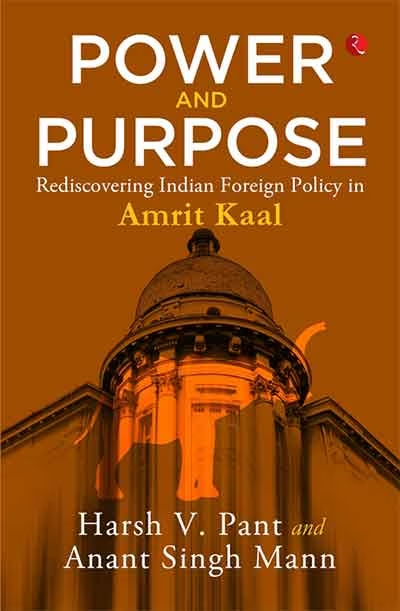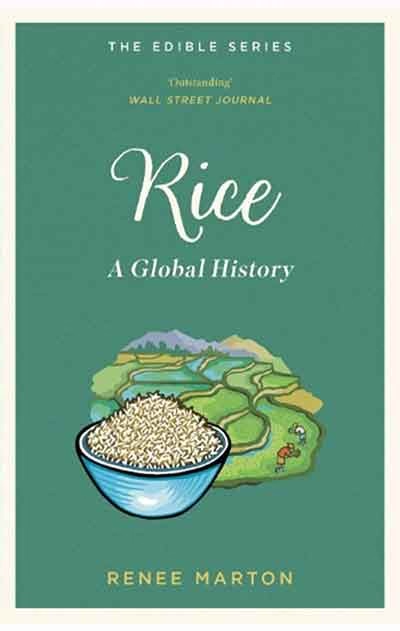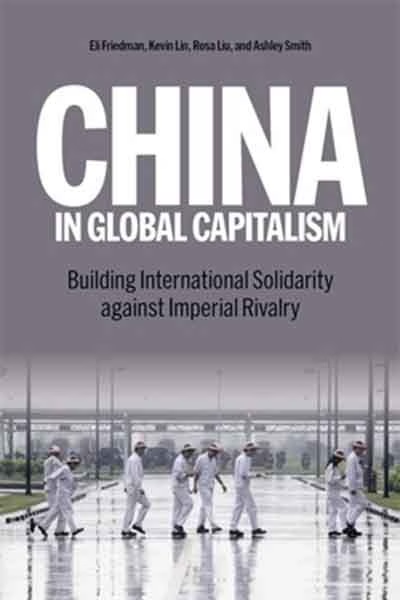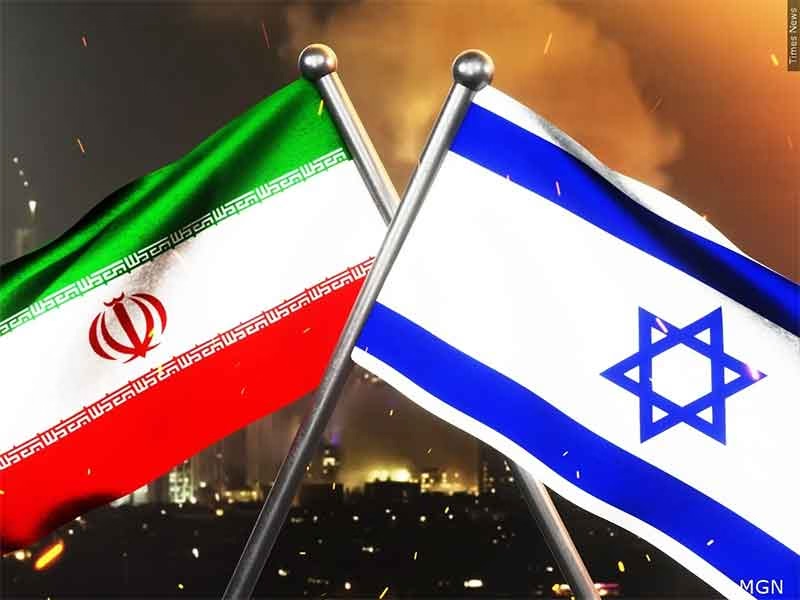The course of events and legacy of India’s foreign policy were critically examined by Harsh V. Pant and Anant Singh Mann in their understanding of the world. Assessing the order of significant turning points in its foreign policy during the previous 75 years will assist in putting its current geopolitical decision-making in context. The writers acknowledge the intricate path Indian foreign policy has taken while analysing the development of New Delhi’s foreign policy viewpoint. The book, Power and Purpose: Rediscovering Indian Foreign Policy in Amrit Kaal, gives readers a brief summary of the country’s development since gaining independence in 1947 within the framework of the international system.

There are four sections or waves in the book: Wave 1: 1947-64: State-building and the Nehruvian Outlook Wave 2: 1964-85: Regional Consolidation and Antagonisms Wave 3: 1985-2004: Opening up to the World Wave 4: 2004-Present: On the Path to Global Leadership
According to the authors, the first government led by Prime Minister Nehru faced the difficult task of creating its foreign policy strategy from the ground up while dealing with the partitions and the pressing need to establish an independent, non-aligned foreign policy.
The authors says, India was instrumental in negotiating a peaceful resolution to the Korean War, which marked a turning point in Indian foreign policy as it realised how closely its own security and peace were tied to more general regional and international security issues.
Following the US’s Castle Bravo, the largest thermonuclear device, “India takes the lead on non-proliferation efforts, with Nehru’s proposal to the United Nations requesting nuclear-armed states for some sort of what may be called a “Standstill Agreement”, in respect, at least, of these actual explosions, even if arrangements about the discontinuance of production and stockpiling must await more substantial agreements among those principally concerned.”
In addition to reaffirming its support for cautiousness, this proposal and the way Indian foreign policy was framed both enhanced India’s reputation as the leader of the later-dubbed Non-Aligned Movement. Significant strides were achieved by Nehru in strengthening India’s ties with its northern neighbour.
In order to demonstrate Third World solidarity to the world at the time, Indian foreign policy relied heavily on the Bandung Conference to “shield the greater region from the outside forces of the Cold War and critically embed the ‘Five Principles of Coexistence’, recently formalised in an agreement with China, in the larger region and community of the Global South.”
In June 1955, Nehru “spent about half a month touring Moscow and Leningrad, as well as visiting many Soviet republics, from Ukraine to Turkmenistan… Nehru’s visit was particularly important to both the evolution of Indian foreign policy and the geopolitical landscape at the time… This visit also strengthened India’s credentials with respect to its non-aligned stance, as it expressed India’s willingness to engage with both the blocs in a constructive manner to perpetuate global peace.”
During the Suez Crisis, “Nehru was conscious of the magnitude of the crisis and is said to have noted the importance of not just bringing about a peaceful settlement, but he also wanted to ensure that the canal would be available to be used as before. India had, since its independence, developed a special relationship with Egypt, through which it had aimed to expand its support for secular nationalism in West Asia and establish friendly relations within the region. Nehru had described the relationship as a ‘spirit of brotherliness’, and Nasser had come to rely on Nehru’s advice on a variety of issues of international security.”
In March 1959, following a failed Tibetan rebellion that sought China’s total withdrawal from the area, the Dalai Lama and an entourage of 80 people arrived at the Assam Rifles outpost at Tawang to seek asylum in India. “While India’s gesture in providing asylum to the Tibetan leader fell in line with its humanitarian principles, it massively strained its relations with China. Along with this asylum, the subsequent creation of a Tibetan government in exile in Dharamshala in April 1959 saw Nehru crossing the Rubicon in the context of Sino-Indian relations.” A pivotal moment in Indian foreign policy, the providing of political asylum marked the beginning of Sino-Indian hostilities and, in hindsight, further highlighted the mistrust between China and India that had been building since the Chinese invasion and annexation of Tibet in the early 1950s.
In mid-December 1961, India emancipated Goa, Daman, and Diu from Portuguese rule. Despite demands from the US and the West not to intervene. Portugal, along with the United States, the United Kingdom, and France, presented a UN Security Council resolution calling for a ceasefire and the evacuation of Indian soldiers. Most importantly, the Soviet Union blocked it.
China started conducting patrols along the McMahon Line and broke into Indian-administered territory in 1961. India responded to this by implementing its infamous “forward policy”, which sought to stop China’s incursions into its territory by establishing outposts behind Chinese troops in an attempt to cut off their supply routes and compel them to return to China. China’s image as an aggressor and India’s massive political flaws over its ties with China and its own military readiness are only two examples of the diverse narrative surrounding the war. The Indian Army-approved Brooks-Bhagat study, a retrospective analysis, clarifies India’s military lack of readiness as well as these strategic errors made by Krishna Menon and Nehru. Perhaps the most diplomatically embarrassing event in modern Indian history came to an end with China’s unilateral disengagement, which profoundly influenced Indian foreign policy. The abrupt military loss to a country that was seen as an ally only ten years prior startled India out of the Third-Worldist
Nehruvian dream of friendship and peace with Beijing. Since the Nehruvian outlook naturally leans toward idealism, its emphasis on fundamental ideas like non-alignment, internationalism, pro-Third-Worldism, and peaceful cohabitation has guided India’s foreign policy up to this point.
India’s shift from Nehruvian rigidity to a more pragmatic foreign policy, acknowledging the basic facts of realpolitik in the international system, was sparked by the Sino-Indian War. The book’s first wave concluded with a chapter discussing Pakistan’s ceding of Indian territory—known as the Shaksgam Valley—to China. The Hunza-Gilgit region, which was a part of Pakistan-occupied Kashmir, includes this valley. In addition to casting doubt on India’s territorial integrity, Pakistan’s annexation of this strategically critical and contested territory greatly increased India’s worries about external aggression along most of its land borders.
The second wave saw a change in perspective from idealism to realism. This time frame shows how India’s foreign policy has changed significantly. Over this time, the Zone of Peace concept’s legacy has remained a significant part of Indian foreign policy. During this wave, important international events occurred that had a big influence on India’s foreign policy and drew on the consolidation of its region. The Second Indo-Pak War, the devaluation of the Indian rupee, the conflict along the Indo-China border, the signing of a historic treaty with the USSR (now Russia) in 1971, the liberation of Bangladesh, and other issues are among the main subjects.
The third wave, which consists of two parts, then begins. The first part discusses the visit of Indian Prime Minister Rajiv Gandhi to the Soviet Union, Beijing, the creation of SAARC, the signing of important agreements, etc. The second part talks on India’s efforts on a number of topics, including the Look East policy, the establishment of diplomatic ties with Israel, the country’s refusal to sign the CTBT, the country’s
second nuclear test in Pokhran, and PM Vajpayee’s travel to China, among other things. The major change from regionalism to a more global focus is the subject of this wave. India started to shift its strategic perspective, establishing new partnerships and rearranging its interactions with other countries to accommodate its changing political and economic goals.
The final wave covers the years 2004 to the present. This time span includes the Doklam issue, the Galwan Valley Clash, various agreements between China and India, and the historic Indo-US civil nuclear agreement. As it maintains a compromise between its aspirations for global leadership and its regional interests, this phase signifies the accomplishment of India’s enduring search for a significant position in the global landscape.
Anyone who wants to learn more about India’s foreign policy should read this fascinating book. Nonetheless, this is a helpful resource for researchers as well as regular readers.
Subscribe to Our Newsletter
Get the latest CounterCurrents updates delivered straight to your inbox.
Shahruk Ahmed Mazumdar is a Columnist. Email Id: [email protected]
X/Twitter id: @Shahrukhahmedsk
















































